The Iberian Wild Boar (Sus scrofa. castilianus) is a bane of our tree planters, an uncanny forager, an unsung rewilder, and a winner of climate change.
Read on to learn more…
The Uncanny Forager
Wild Boar typically grow to a length of 120cm, a height of 65cm and a weight of 70 – 90kg, but on occasions can reach up to 150kg. Despite their weight, they are agile and can reach speeds of up to 50 kilometers per hour (31 mph) over short distances. They are also excellent swimmers and are renowned among hunters for their intelligence.
What they lack in vision, they make up for in a strong sense of smell and sound, which they use to great effect to detect buried food up to 100m and to evade their predators. They have long thick black hairs on their body and mane, which when faced with danger, they bristle to appear larger and more imposing in front of their adversary.
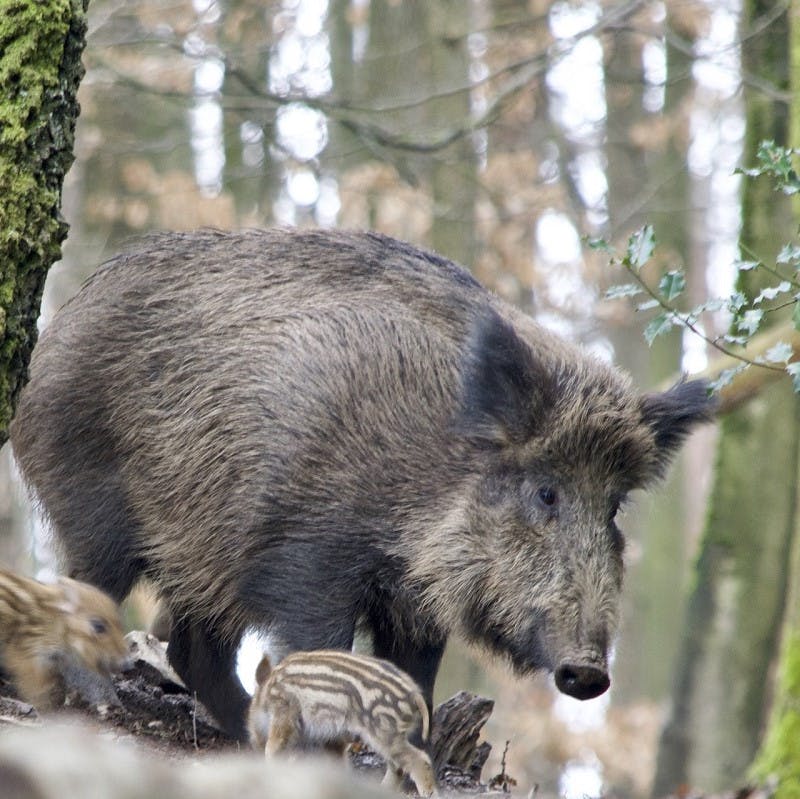
Wild boar behaviour
The wild boar is usually sedentary during the day preferring to move around at night and in the early hours of the morning. They can travel considerable distances from 2 – 15km, normally using the same routes and passes. Except for the older males, which are solitary, wild boars live and roam in close-knit, well-organized groups, also known as sounders of around 20, and are led by sows.
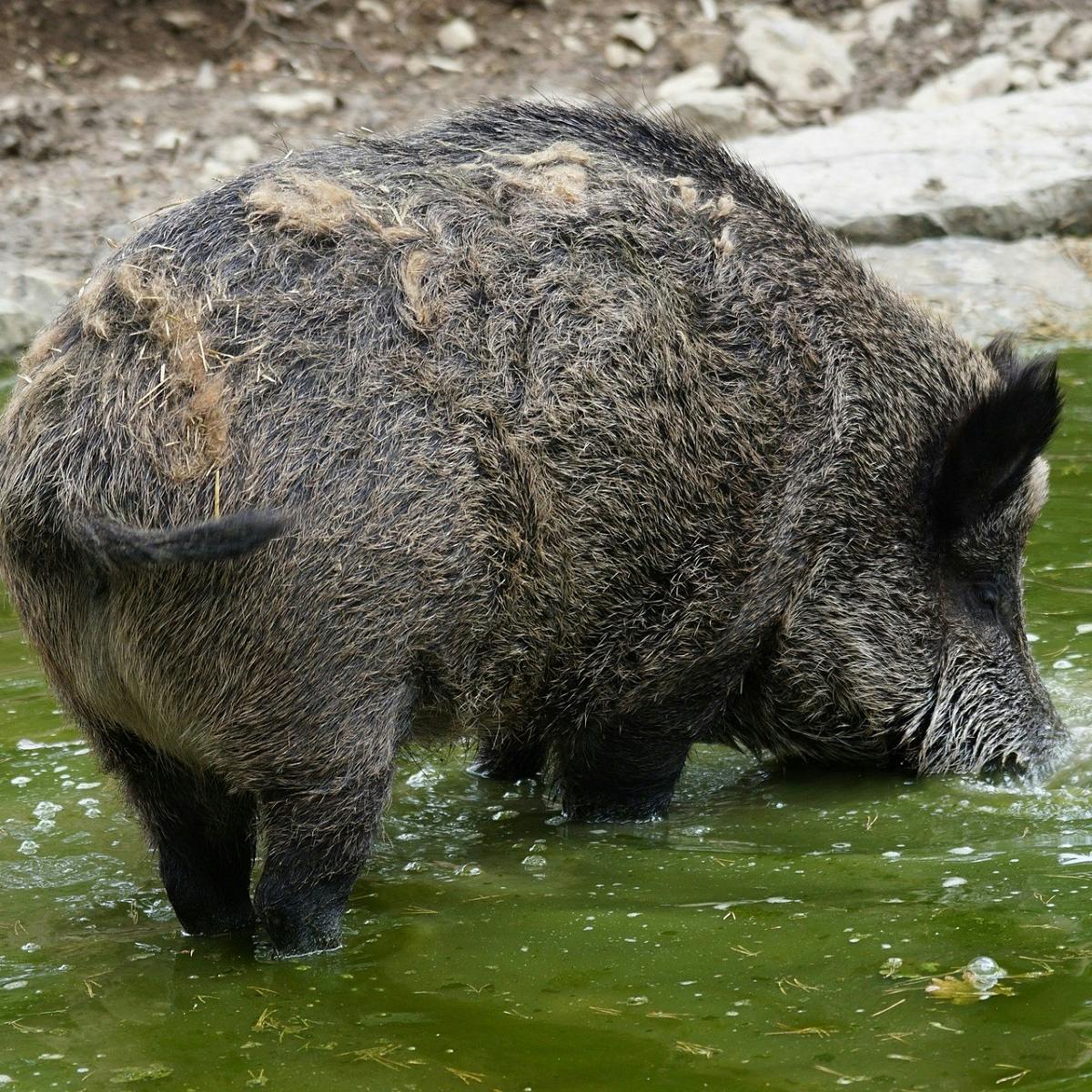

Take action now
Do you want to have a direct impact on climate change? Sir David Attenborough said the best thing we can do is to rewild the planet. So we run reforestation and rewilding programs across the globe to restore wild ecosystems and capture carbon.
Get involvedThe rage of a wild boar is able to spoil more than just one wood.
George Herbert
Habitat
The “Javali” like to live in the “Mata”, the large areas of dense undergrowth that surround our woodlands in Portugal. These were once fields that over the years have become covered in gorse, scrub oaks, broom, brambles, and other bushes.
Wild boars graze throughout the summer and in the autumn gorge on fallen acorns, roots, seeds, fruits, and lay waste to farmers' crops. When the ground is soft, from autumn through to late spring, they like to rootle – turning over clods of earth with their snouts, in search of roots and rhizomes, earthworms, and other invertebrates.
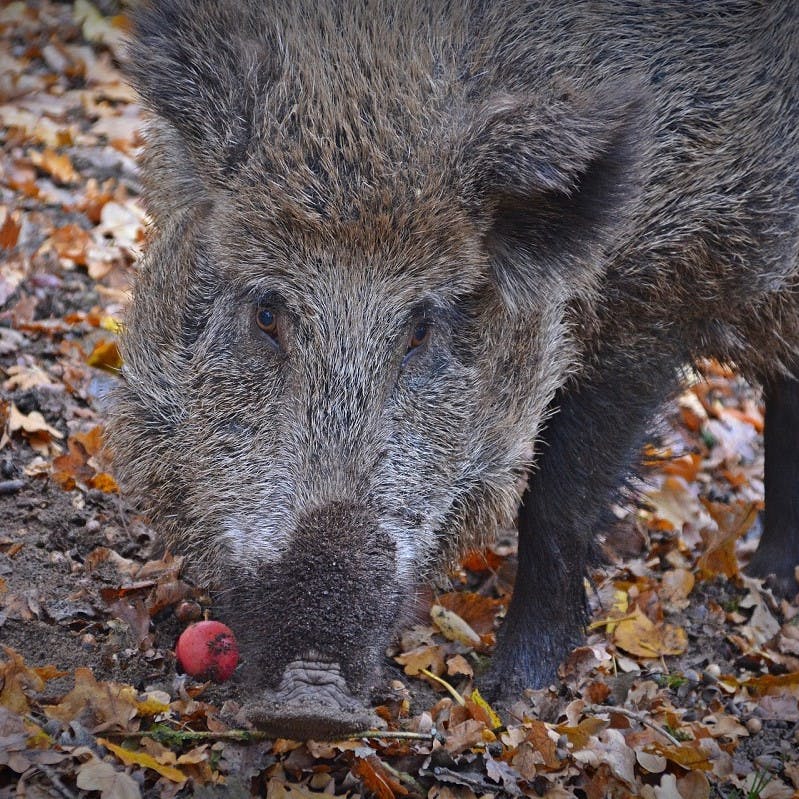
The unsung hero of rewilding
Wild boars are the unsung heroes of rewilding. Their excessive rootling exposes bare soil, allowing pioneer plants and so-called ‘weeds’ to colonise. Soil exposed by rootling is also swiftly colonised by solitary bees, and the over-turned clods of earth kick-start the creation of anthills which, in turn, provide food for local birdlife.
As disappointing as it is to find some of our young trees uprooted by wild boar, we know that this is all part of the intricate workings of a healthy ecosystem.
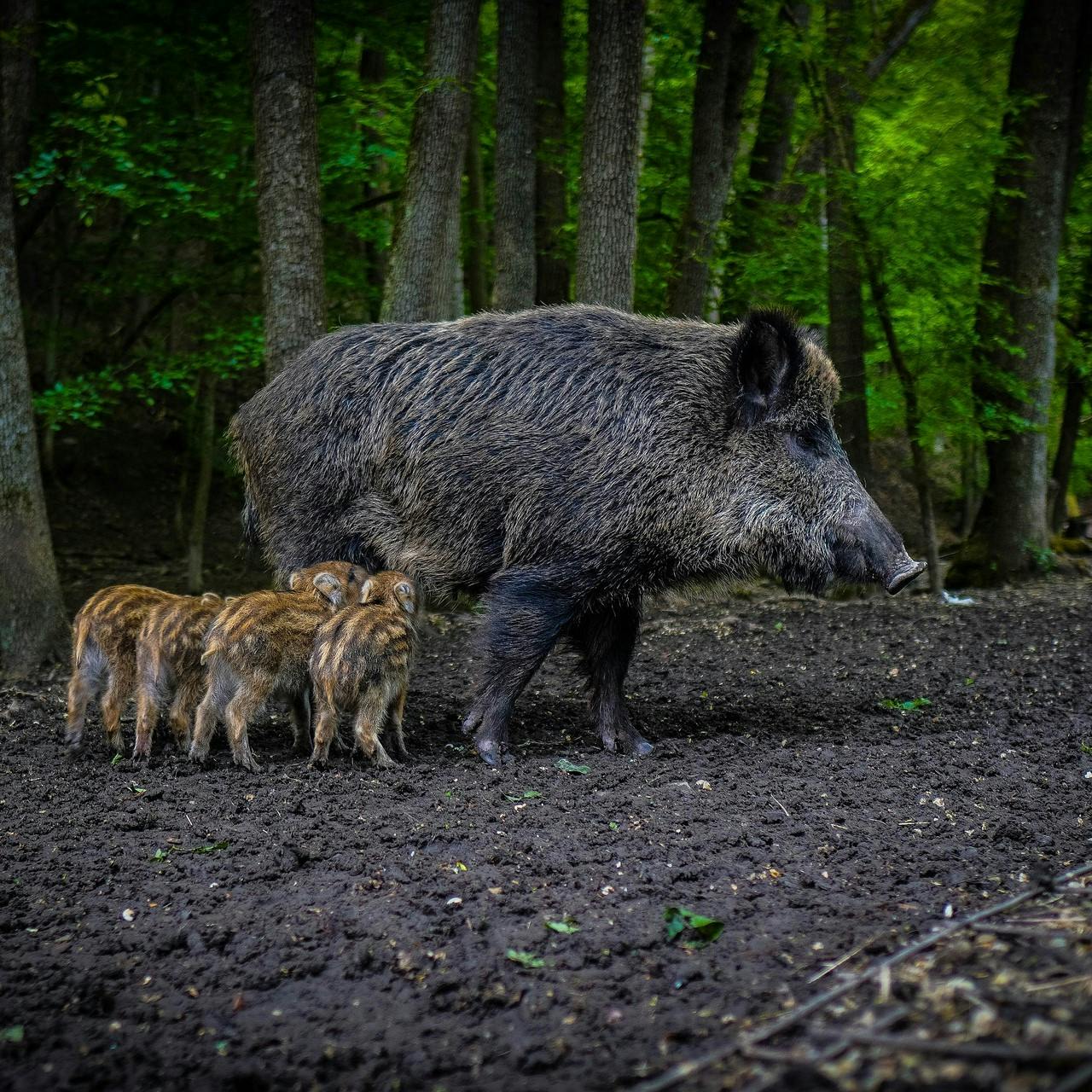
Winner of climate change
As a conservationist, it’s rare yet refreshing to say that boars are not in any immediate danger. Their numbers across Europe have been surging as a result of global warming and the large-scale cultivation of maize and rapeseed for biofuel.
Recent warmer winters have reduced the death rate of older boars and of young ones born late in the year. What’s more, the rise in CO2 levels has intensified the sunlight and led trees to produce more acorns and chestnuts – a high-energy delicacy for boars, whose reproduction naturally increases with the amount of food available.
With large areas of agricultural land in Europe devoted to cultivating maize and rapeseed (a fond staple food of the boar), farmers have inadvertently created veritable supermarkets where the boar can gorge themselves protected and unperturbed.
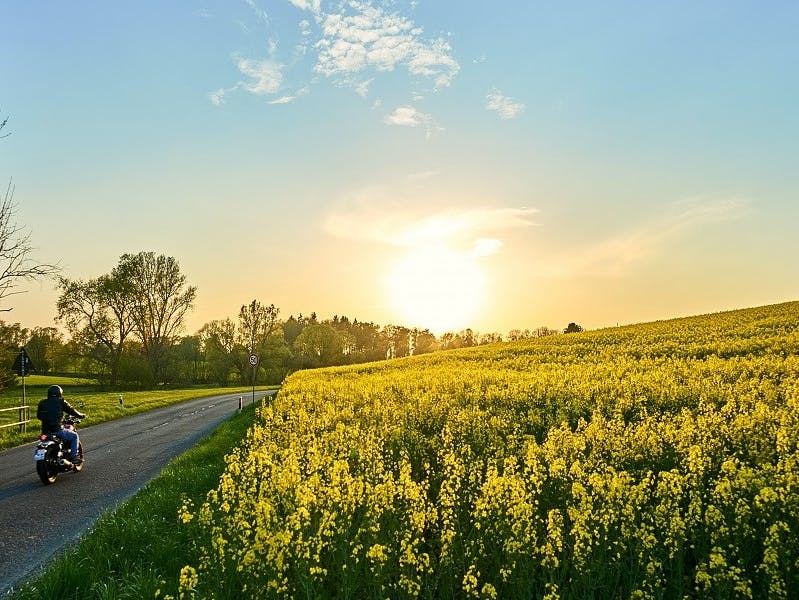
Population Growth and Human-Boar conflict
In the last 30 years, the explosion in numbers of wild boar doesn’t come without problems. With a current population of 10 million across the continent and their only real predator being humans; this resourceful animal has managed to get itself in the bad books of many European farmers and even city councils.
In 2010, the local forest office of Berlin, estimated there were up to 8000 wild boars living within the city. With the explosion in boar population, cities everywhere are attempting to reduce the numbers and have deemed them a pest species. They can cause significant damage to agriculture and crops as well as serious road incidents. With the rising number in human-boar conflict, we have to wonder what the future of the animal is. Unfortunately, from the absence of a predator to humans pushing further and further into the boar’s habitat; as well as a surge in population, negative conflicts are amplified and we can lose sight of the amazing potential of this fascinating species.
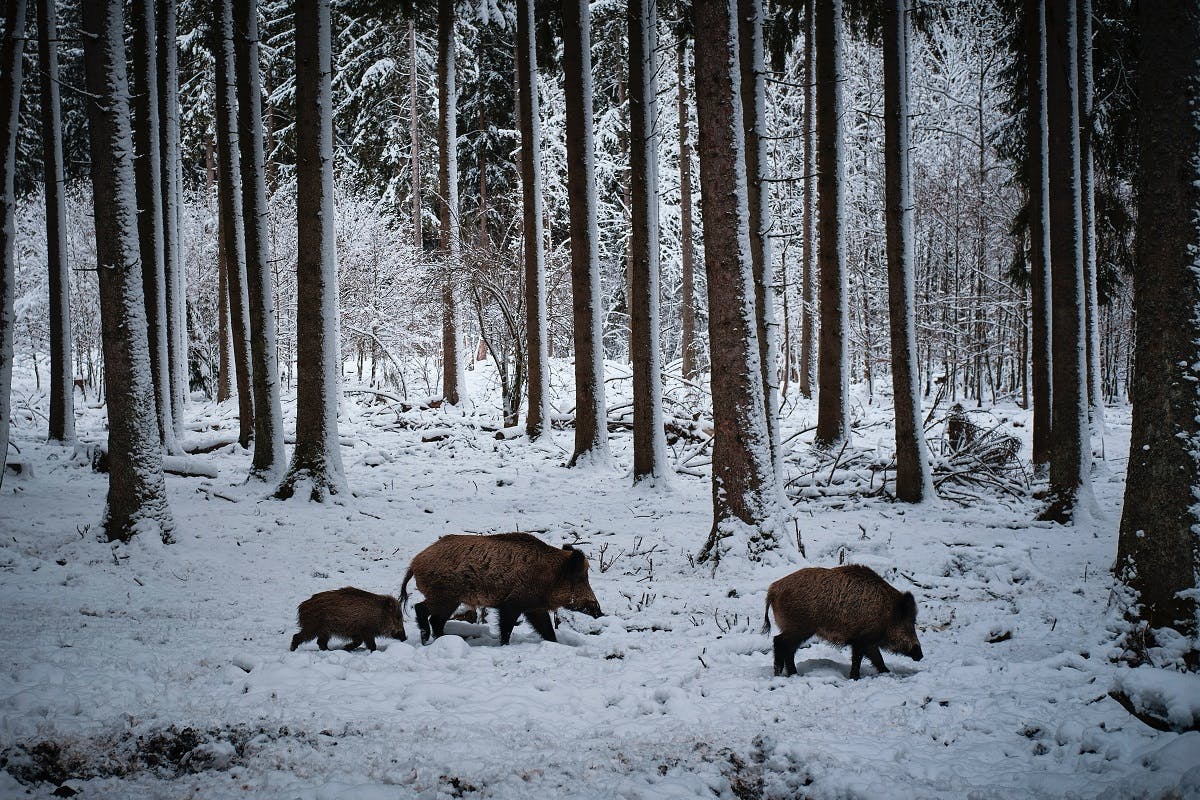
Sources & further reading

- “Rewilding the Scottish Highlands: Do Wild Boar, Sus scrofa, Use a Suitable Foraging Strategy to be Effective Ecosystem Engineers?” - Restoration Ecology
- “Wild boars are gaining ground – Climate change boosts population growth” - Science Daily
